Home>Furniture & Design>Kitchen Furniture>How To Store Extra Dining Chairs
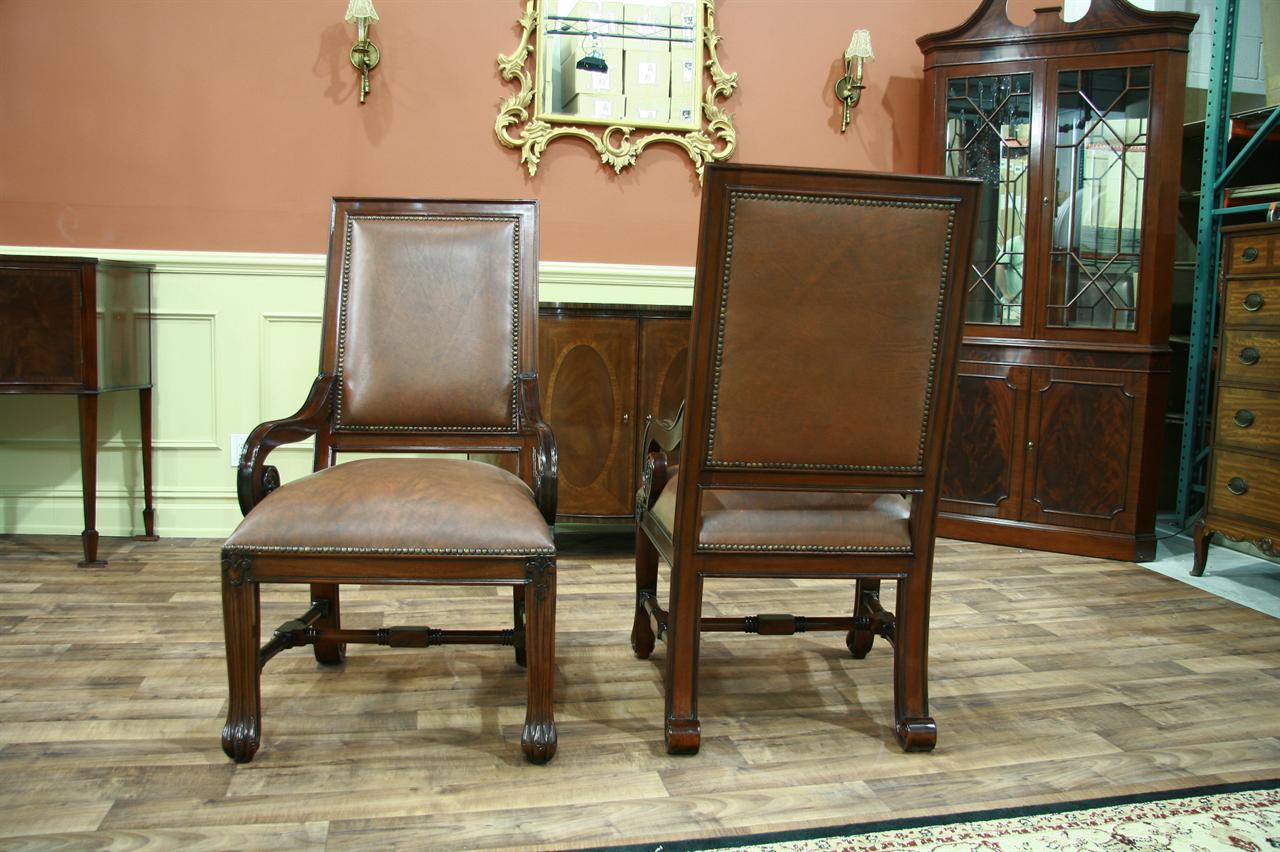

Kitchen Furniture
How To Store Extra Dining Chairs
Modified: February 17, 2024
Discover the best ways to store extra dining chairs in your kitchen. Get practical tips and ideas for optimizing your kitchen furniture and design.
(Many of the links in this article redirect to a specific reviewed product. Your purchase of these products through affiliate links helps to generate commission for Storables.com, at no extra cost. Learn more)
Introduction
Welcome to the guide on how to store extra dining chairs! Whether you're a savvy host who loves to entertain or simply someone who appreciates the versatility of dining spaces, having extra chairs on hand is a practical choice. However, when these additional seating options are not in use, proper storage becomes essential to maintain their condition and maximize space in your home.
In this comprehensive guide, we will explore the various aspects of storing extra dining chairs, from assessing your space to choosing the right storage solution and preparing the chairs for storage. By the end, you'll be equipped with the knowledge and tips to efficiently store your extra dining chairs, ensuring they remain in top condition and ready for use whenever the need arises.
So, let's dive into the world of dining chair storage and discover the best practices to keep your additional seating both accessible and well-maintained.
Key Takeaways:
- Efficiently store extra dining chairs by assessing space, choosing the right storage solution, and preparing chairs for storage. Protect chairs from damage and maximize space efficiency in your home.
- Keep extra dining chairs accessible and well-maintained by implementing thoughtful storage practices. Whether using stackable chair covers or wall-mounted racks, prioritize protection and space optimization.
Read more: How To Store Extra Dining Chairs
Assessing Your Space
Before diving into the storage process, it’s crucial to assess your available space and determine the most suitable area for storing your extra dining chairs. Here are some key considerations to keep in mind:
- Available Space: Take a look around your home to identify potential storage spots. This could include a spare room, a designated corner in the dining area, or even an underutilized area in the garage or attic.
- Accessibility: Consider how easily you can access the chosen storage area. It’s important to select a spot that allows for convenient retrieval of the chairs when needed, without causing disruption to other stored items.
- Protection from Elements: If you’re considering outdoor storage, ensure that the chosen area provides adequate protection from the elements, such as rain, sunlight, and extreme temperatures, to prevent damage to the chairs.
- Space Optimization: Evaluate the layout of the storage area and determine how you can optimize the space to accommodate the chairs efficiently. This could involve utilizing vertical space with shelving or maximizing floor space with stackable storage options.
By carefully assessing your space and considering these factors, you can make an informed decision about the most suitable location for storing your extra dining chairs. This initial step sets the foundation for an organized and effective storage solution that aligns with your specific needs and living space.
Choosing the Right Storage Solution
Once you’ve assessed your space, the next step is to select the ideal storage solution for your extra dining chairs. The right storage option will not only protect the chairs from damage but also ensure that they are easily accessible when needed. Here are some popular storage solutions to consider:
- Stackable Chair Covers: If you have limited space, stackable chair covers provide a convenient and space-saving option. These covers are designed to protect stacked chairs from dust, moisture, and scratches, keeping them in pristine condition until they are ready to be used again.
- Wall-Mounted Hooks or Racks: Utilize vertical space by installing wall-mounted hooks or racks to hang your chairs. This approach is particularly effective for lightweight chairs and can free up valuable floor space while adding a decorative element to the storage area.
- Foldable Chair Carts: For larger collections of folding chairs, a foldable chair cart offers a practical solution. These wheeled carts allow for easy transportation and storage of multiple chairs, making it effortless to move them from one location to another.
- Under-Bed Storage: If space is limited, consider utilizing under-bed storage containers to store extra dining chairs. Opt for low-profile containers that can slide under the bed, providing a discreet and space-efficient storage solution.
- Dedicated Storage Room: If you have ample space available, consider dedicating a specific room or area for storing your extra chairs. This approach allows for easy organization and accessibility, especially if you have a substantial collection of chairs to store.
When choosing the right storage solution, it’s essential to consider the number of chairs you need to store, the available space, and the level of protection required. By selecting a storage option that aligns with your specific needs, you can ensure that your extra dining chairs remain secure, well-maintained, and ready for use whenever the occasion calls for additional seating.
Consider using stackable chairs or folding chairs to save space. If you have non-stackable chairs, try hanging them on a wall-mounted rack or storing them under a bed. Keep them clean and dry to prevent damage.
Preparing the Chairs for Storage
Before storing your extra dining chairs, it’s important to prepare them properly to maintain their condition and ensure they remain in optimal shape while not in use. Here are essential steps to prepare the chairs for storage:
- Cleaning: Thoroughly clean the chairs to remove any dust, food particles, or spills. Use a gentle cleaner appropriate for the chair material, such as wood cleaner for wooden chairs or a mild soap solution for upholstered seats. Ensure the chairs are completely dry before proceeding to the next step.
- Disassembling (if applicable): If your chairs are designed to be disassembled, consider taking them apart to save space during storage. This is particularly useful for chairs with removable legs or backrests, allowing for more efficient storage and transportation.
- Protective Measures: Consider applying protective measures, such as furniture wax or polish for wooden chairs, to maintain the finish and prevent drying or cracking. For upholstered chairs, use fabric protectors to guard against stains and spills during storage.
- Inspect for Damage: Take the time to inspect each chair for any existing damage, such as loose joints, worn-out upholstery, or missing hardware. Address any issues before storing the chairs to prevent further deterioration during the storage period.
- Labeling (if applicable): If you have multiple sets of chairs or plan to store other items alongside the chairs, consider labeling the storage containers or covers to easily identify the contents. This simple step can streamline the retrieval process when you need to access the chairs in the future.
By following these preparatory steps, you can ensure that your extra dining chairs are clean, well-maintained, and adequately protected before being placed in storage. Proper preparation not only preserves the chairs’ condition but also simplifies the storage process, allowing for a seamless transition from everyday use to temporary storage.
Storing the Chairs
With your extra dining chairs prepared for storage, it’s time to carefully store them in a manner that maximizes space, protects the chairs, and ensures easy access when needed. Consider the following steps when storing your dining chairs:
- Stacking or Nesting: If your chairs are stackable or designed to nest together, take advantage of this feature to minimize the storage footprint. Stack the chairs carefully, ensuring that any protruding elements, such as armrests or decorative details, are positioned to avoid damage.
- Use of Protective Covers: For chairs that are not stackable, consider using protective covers to shield them from dust, moisture, and potential scratches. Ensure that the covers fit securely and provide adequate coverage for each chair, maintaining their condition during storage.
- Utilize Vertical Space: If floor space is limited, explore options to utilize vertical space for storage. Wall-mounted shelving or racks can provide a space-efficient solution for storing chairs, especially in areas such as garages or storage rooms.
- Consider Climate Control: If storing chairs in areas susceptible to temperature and humidity fluctuations, such as attics or basements, consider using dehumidifiers or climate-controlled storage solutions to prevent damage from moisture and environmental factors.
- Organization and Accessibility: Arrange the stored chairs in a manner that allows for easy access. If storing multiple sets of chairs, consider organizing them by type or usage frequency to streamline retrieval when needed.
- Secure Storage: Ensure that the storage area is secure and free from potential hazards that could damage the chairs. This includes safeguarding the chairs from heavy items that could shift and cause damage, as well as securing them from potential impacts or accidents.
By implementing these storage practices, you can safeguard your extra dining chairs while optimizing the available space. Whether you’re storing a few additional chairs or a larger collection, thoughtful storage techniques can preserve the chairs’ condition and simplify the process of accessing them for future use.
Read more: How To Store Extra Dining Room Chairs
Conclusion
Storing extra dining chairs is a practical endeavor that requires thoughtful consideration and proper execution to ensure the chairs remain in optimal condition and readily accessible when needed. By assessing your space, choosing the right storage solution, preparing the chairs for storage, and implementing effective storage practices, you can streamline the process and maintain the quality of your additional seating options.
Remember that the key to successful chair storage lies in careful planning and attention to detail. Whether you opt for stackable chair covers, wall-mounted racks, or other storage solutions, the goal is to protect the chairs from damage while maximizing space efficiency in your home.
As you embark on the journey of storing your extra dining chairs, keep in mind the importance of regular maintenance and periodic checks to ensure the chairs remain in excellent condition throughout their time in storage. By incorporating these practices into your storage routine, you can extend the lifespan of your dining chairs and ensure they are always ready to serve as functional and stylish additions to your dining space.
With the knowledge and insights gained from this guide, you are well-equipped to embark on the storage journey, confident in your ability to preserve the quality and functionality of your extra dining chairs. By implementing these strategies, you can create a seamless and efficient storage system that complements your lifestyle and enhances the versatility of your dining area.
So, go ahead and transform the way you store your extra dining chairs, ensuring that they remain a valuable and accessible asset in your home for years to come.
Frequently Asked Questions about How To Store Extra Dining Chairs
Was this page helpful?
At Storables.com, we guarantee accurate and reliable information. Our content, validated by Expert Board Contributors, is crafted following stringent Editorial Policies. We're committed to providing you with well-researched, expert-backed insights for all your informational needs.
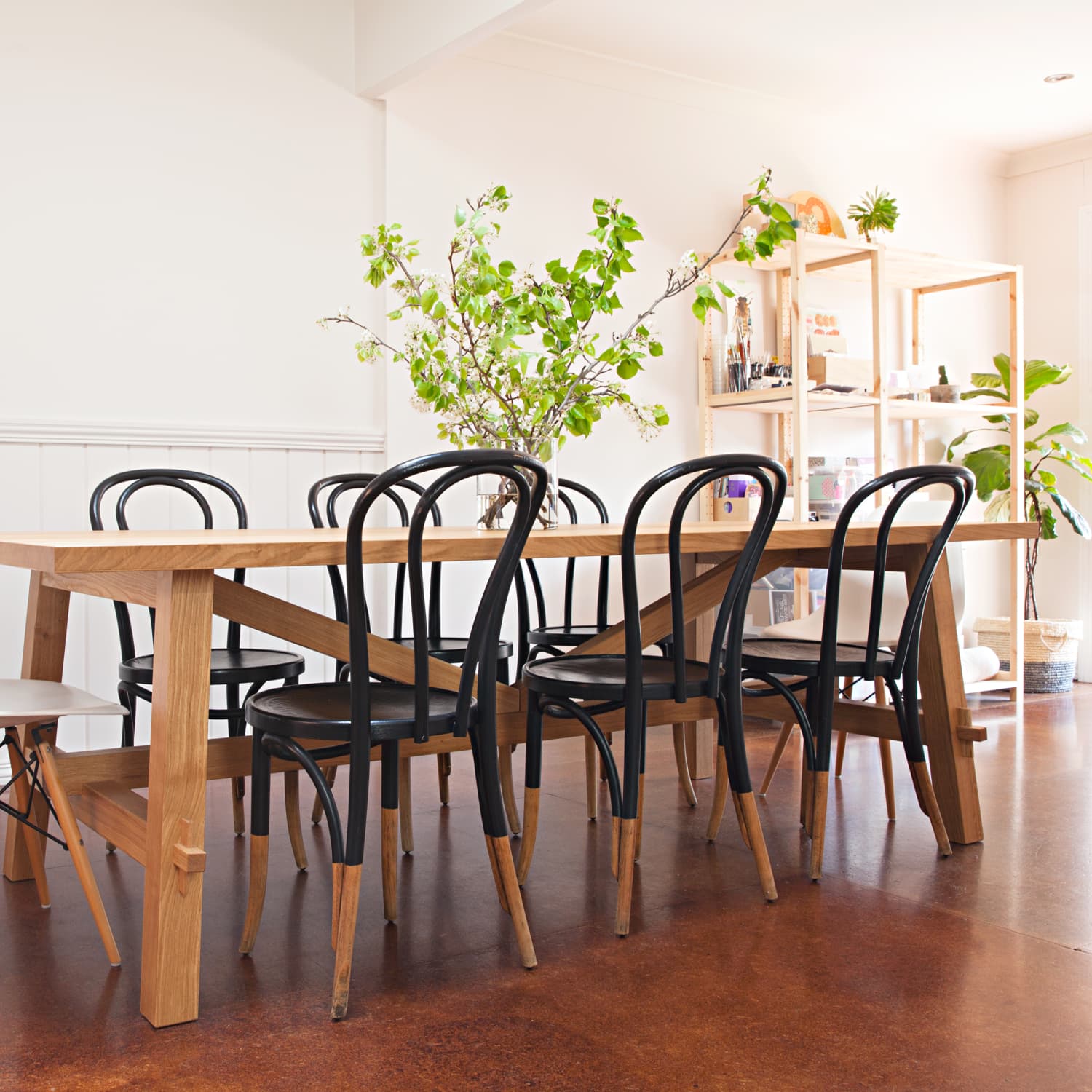
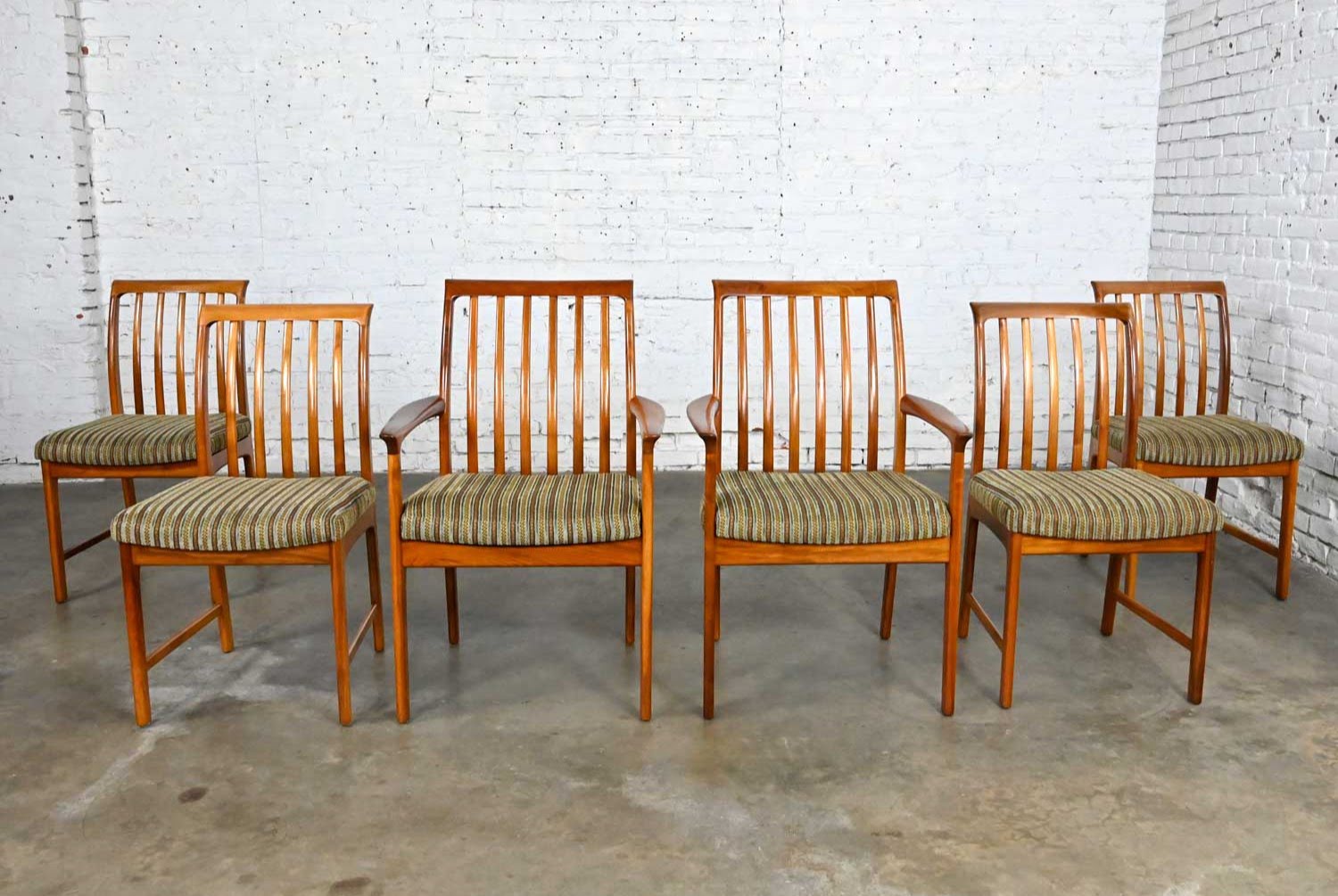
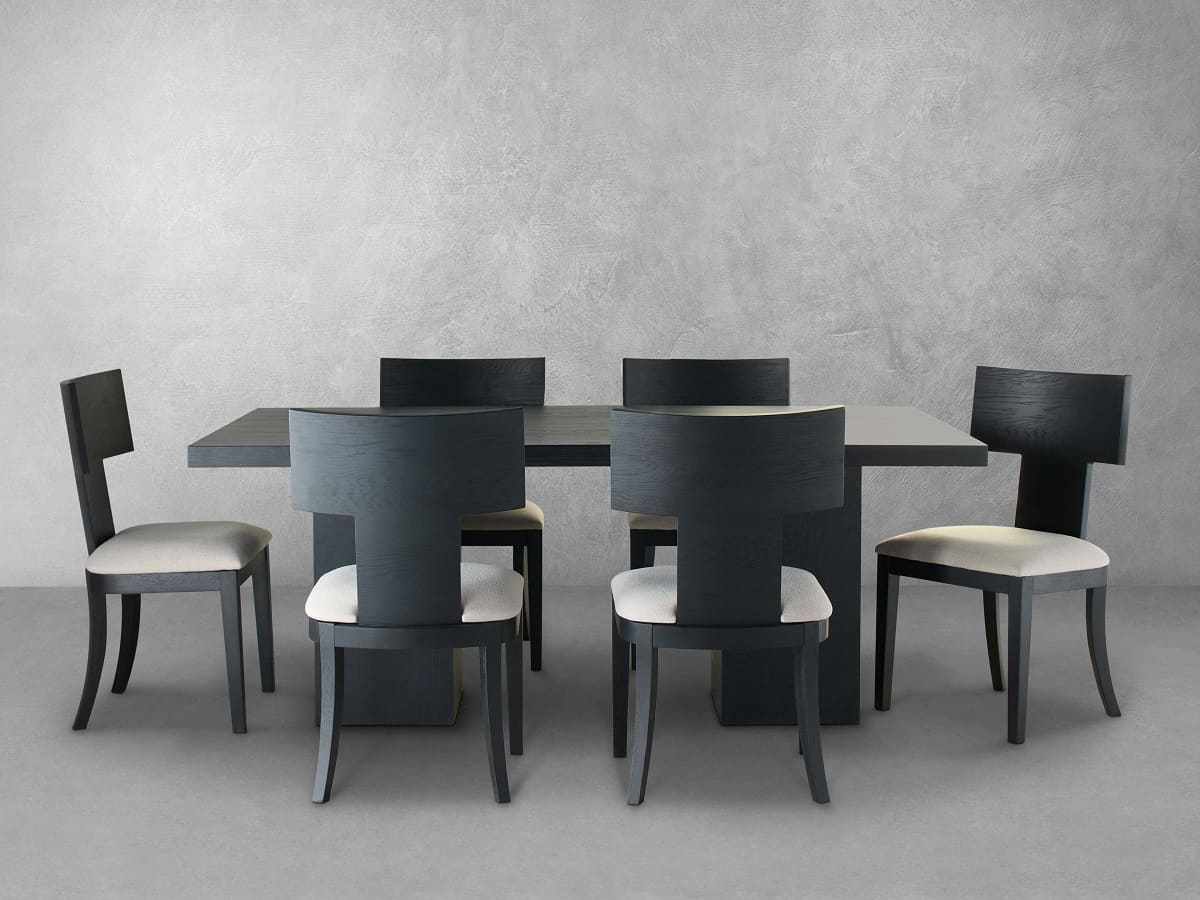

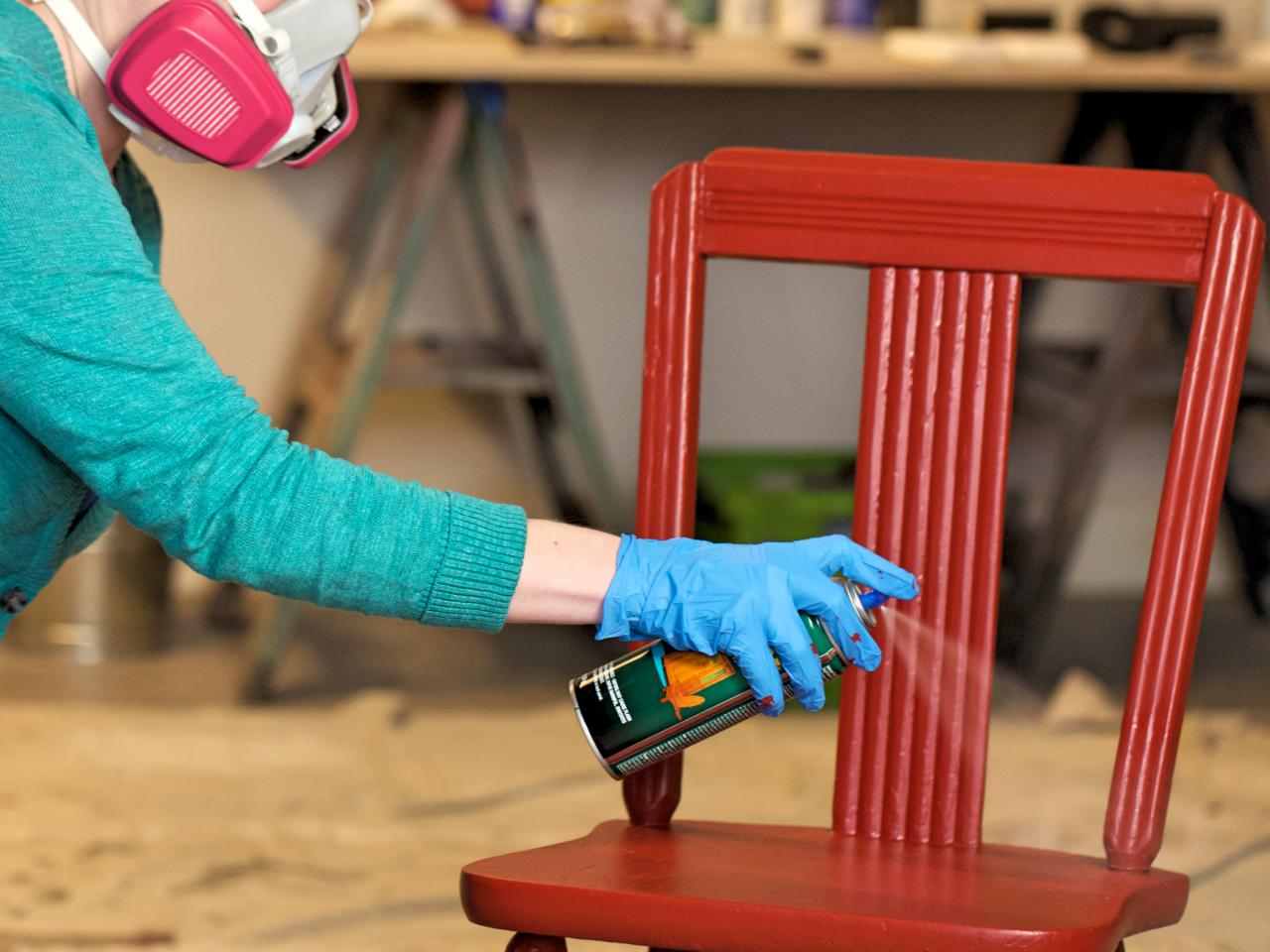
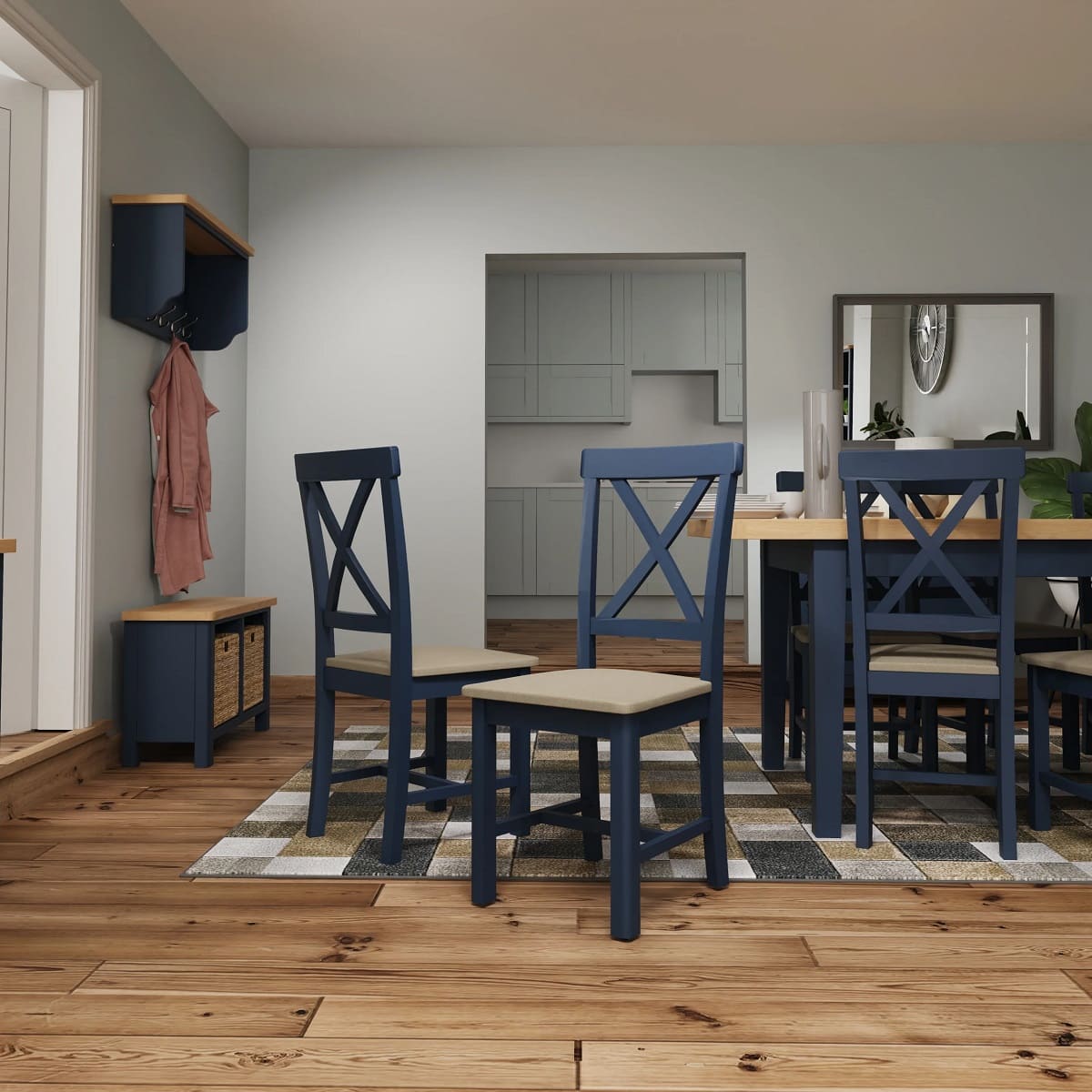
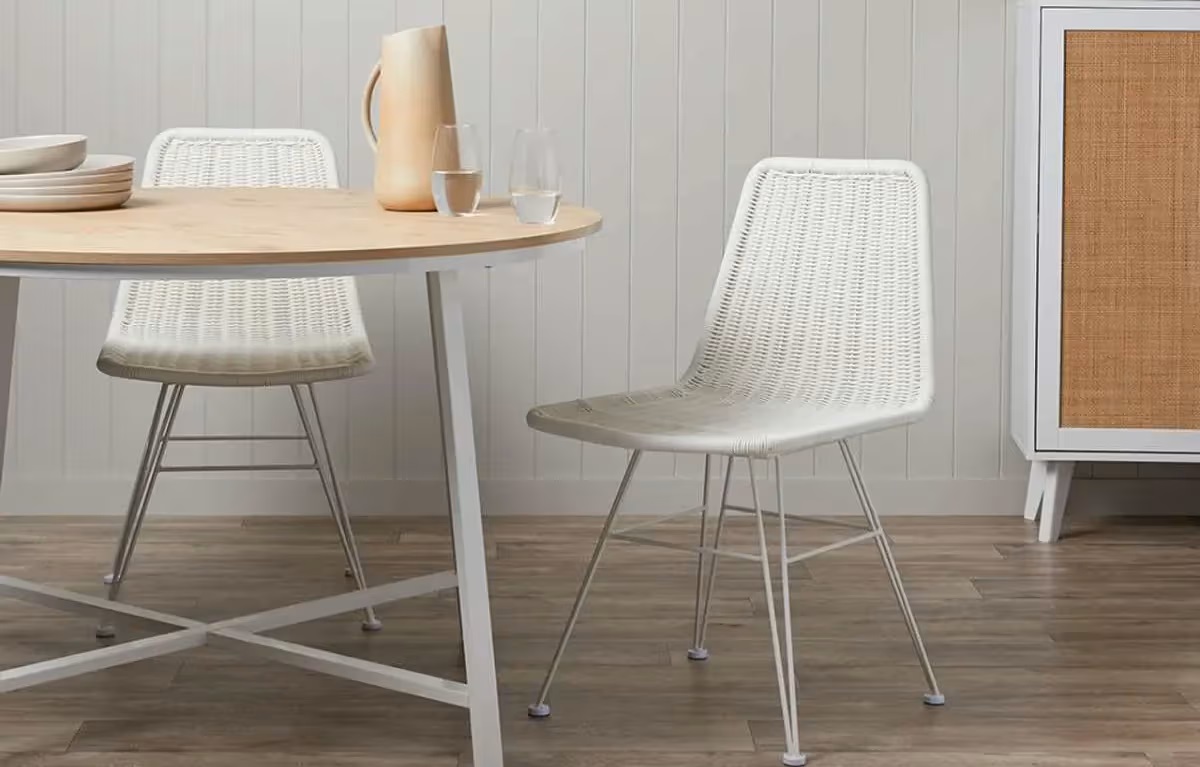
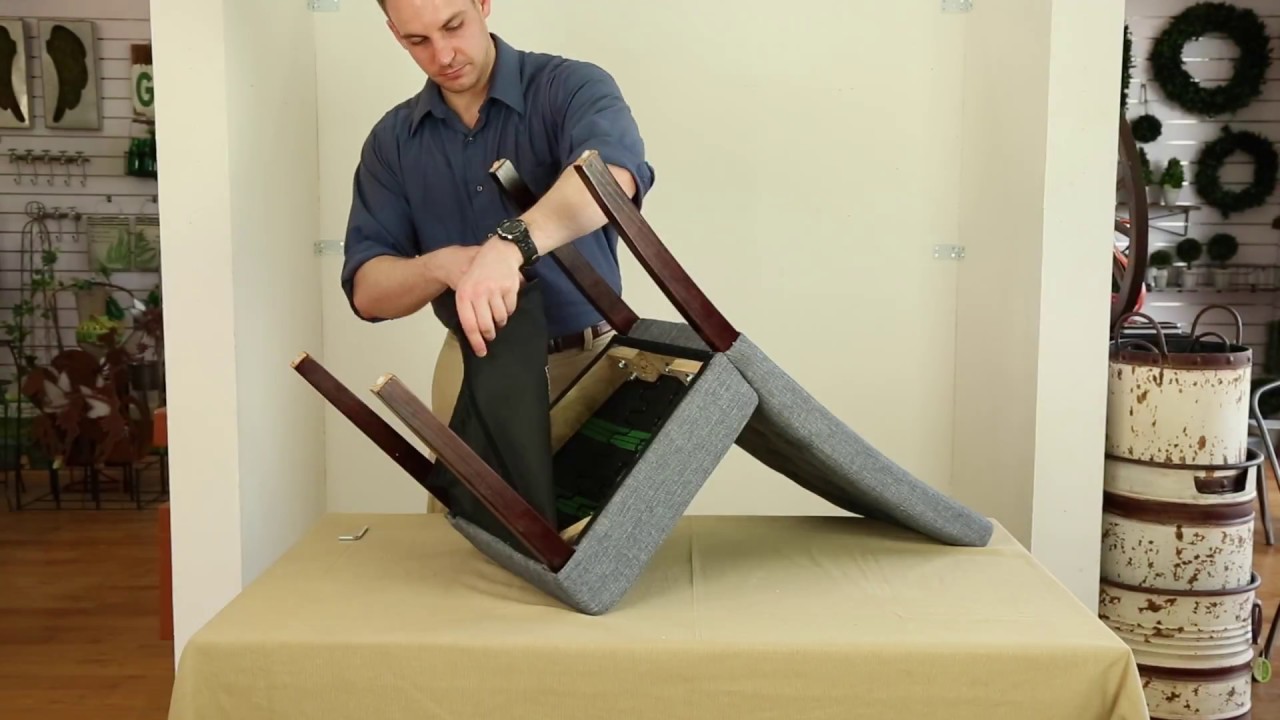
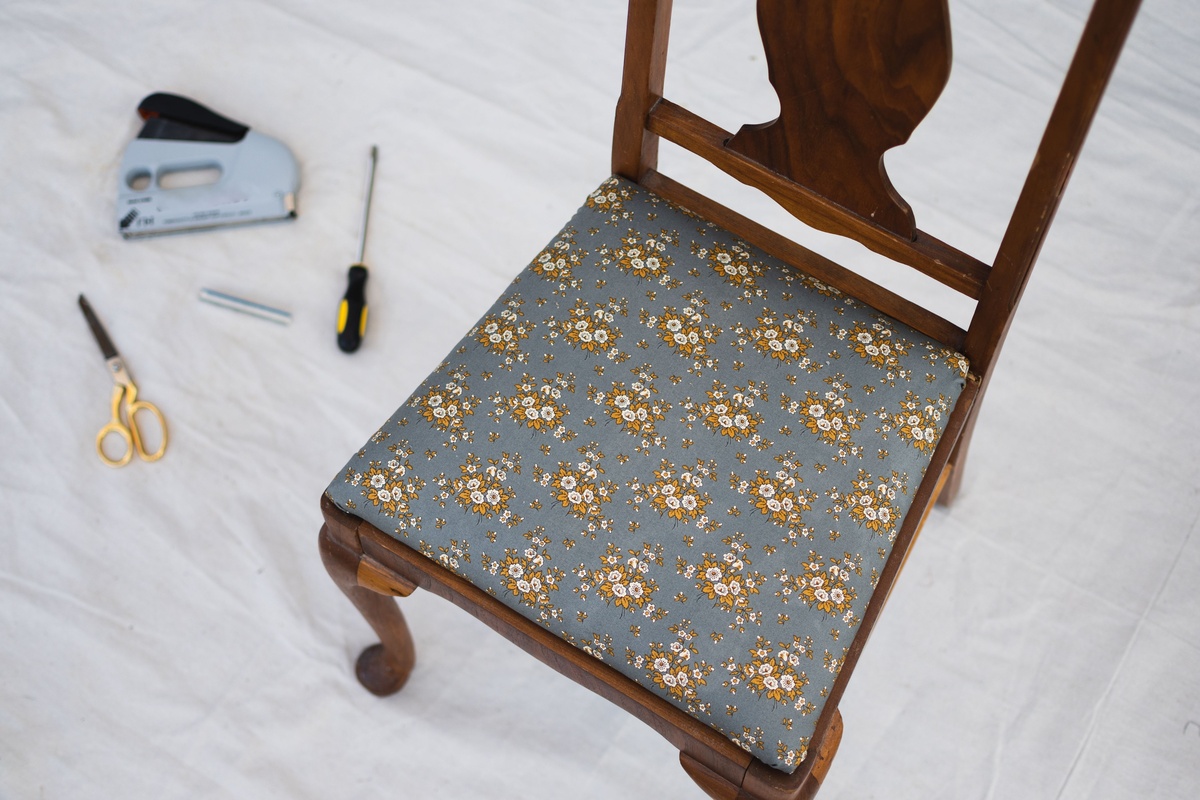
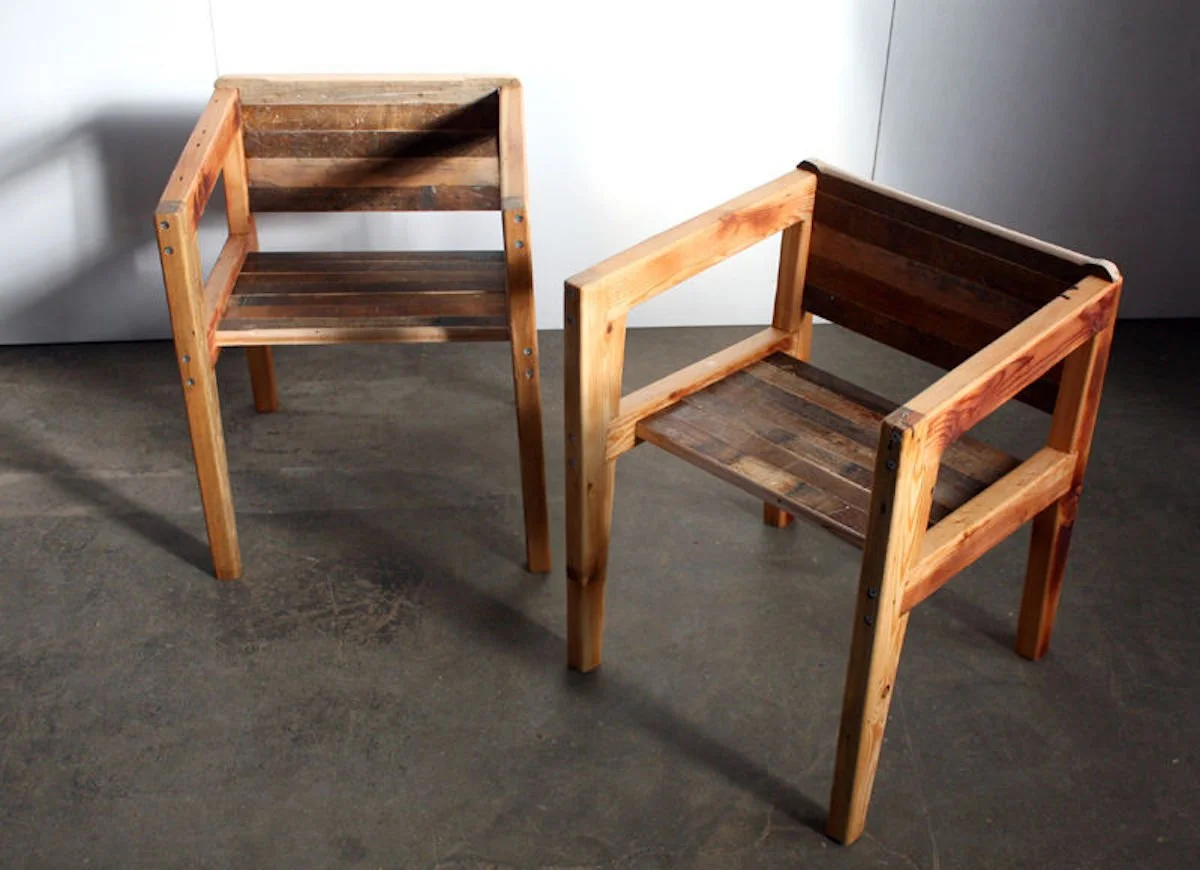
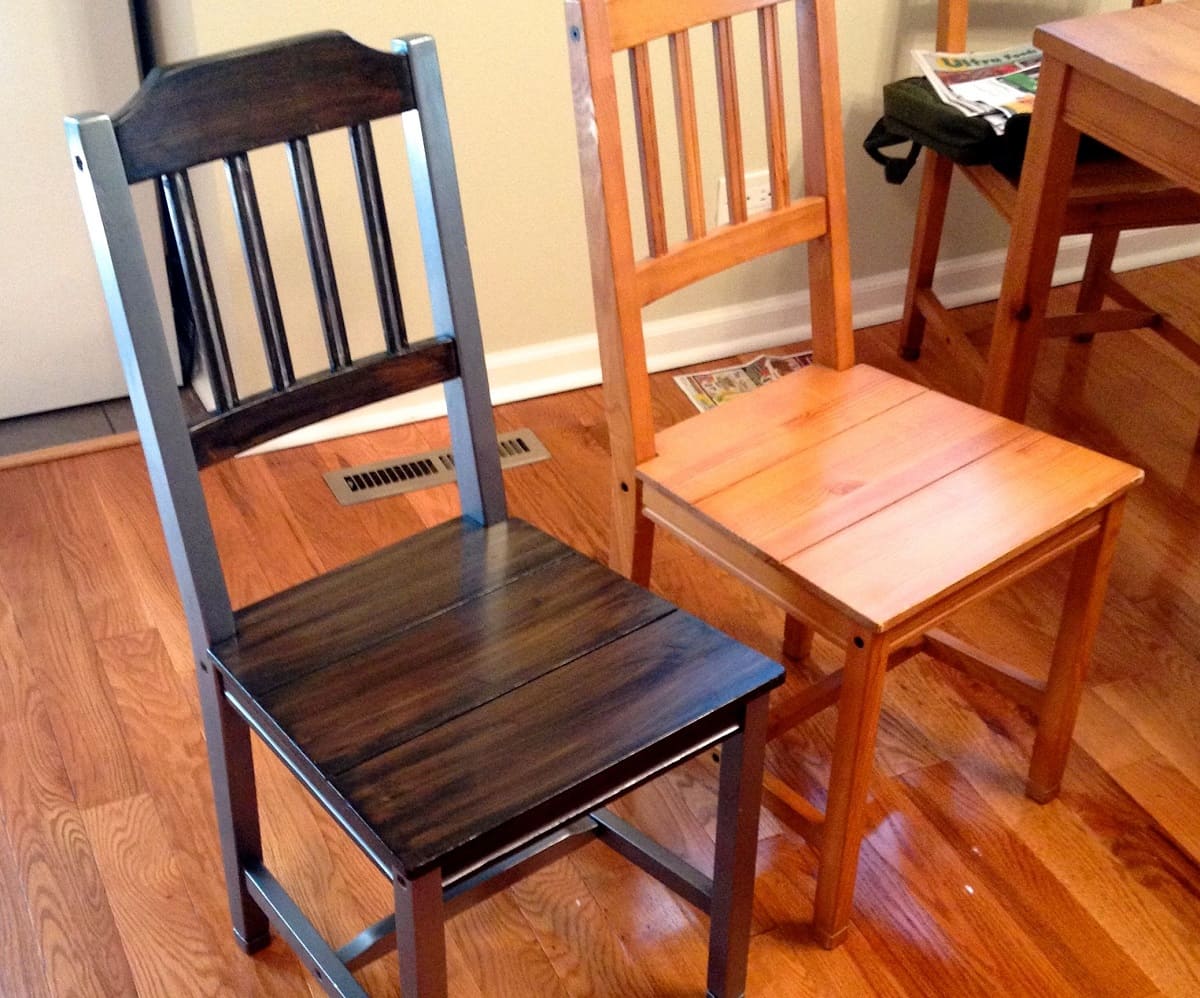
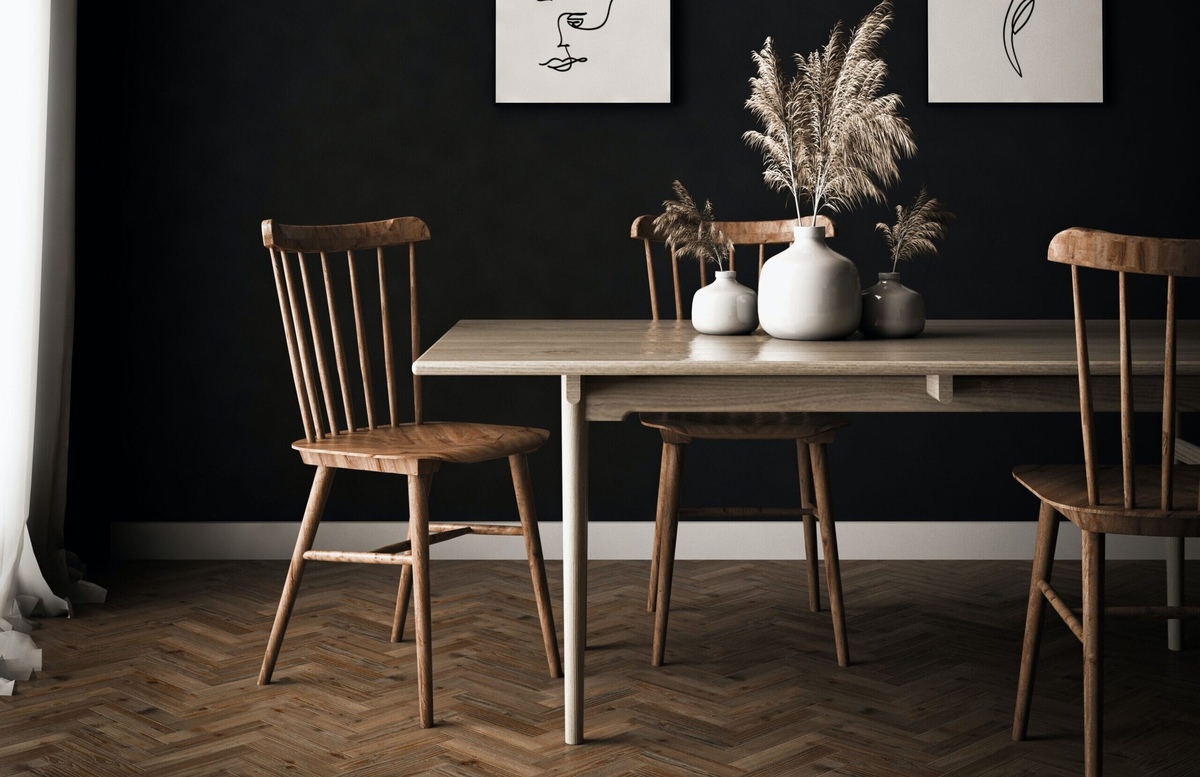

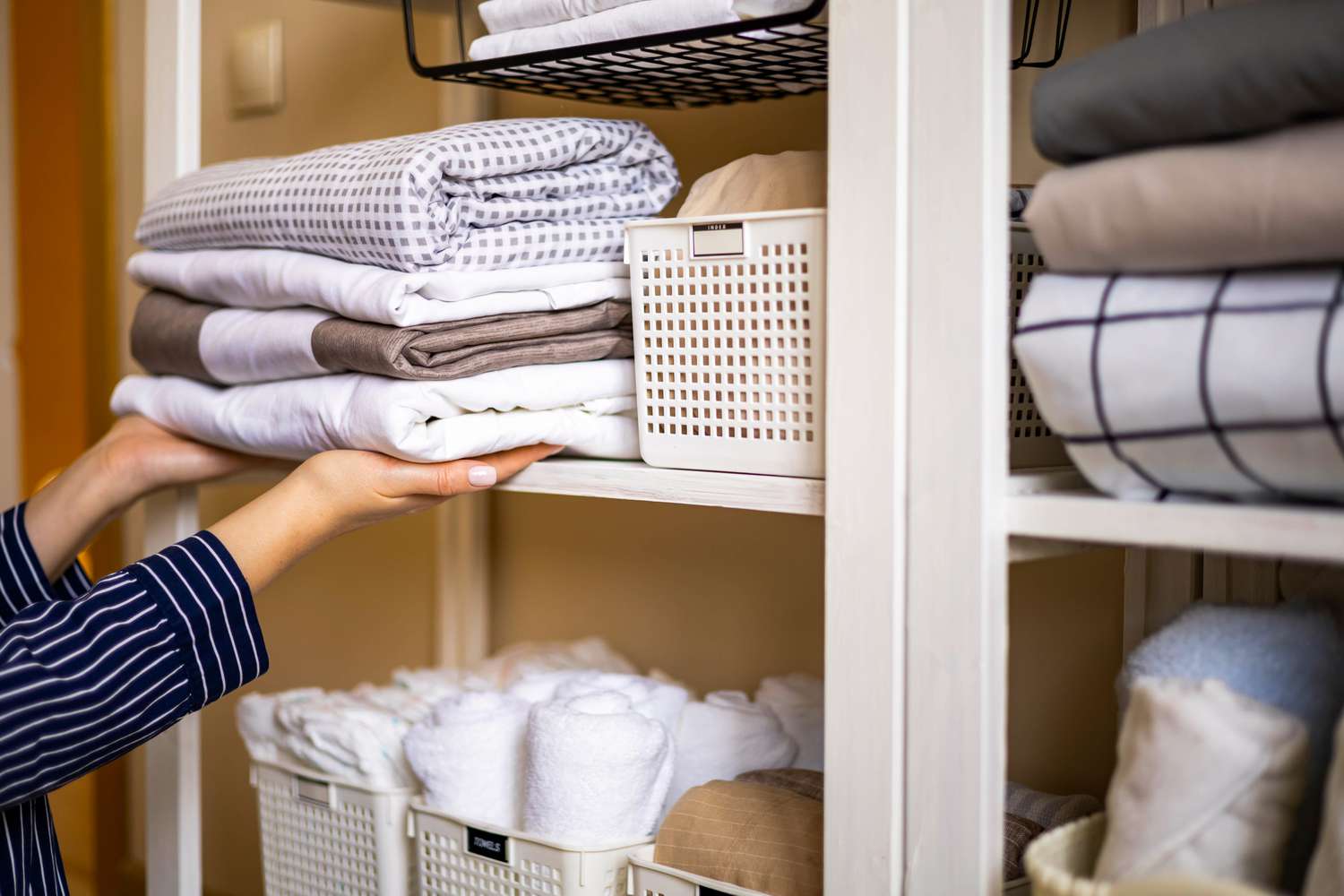

0 thoughts on “How To Store Extra Dining Chairs”